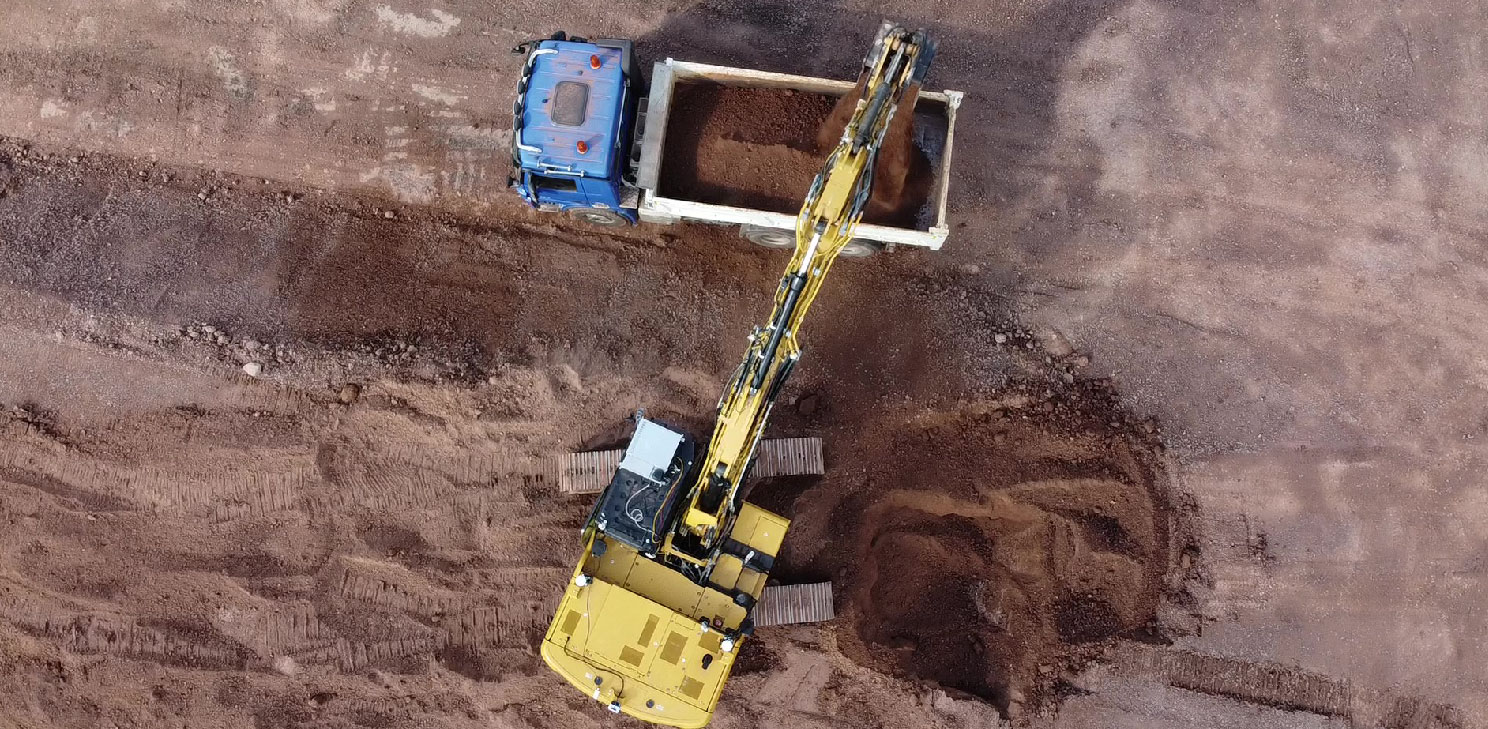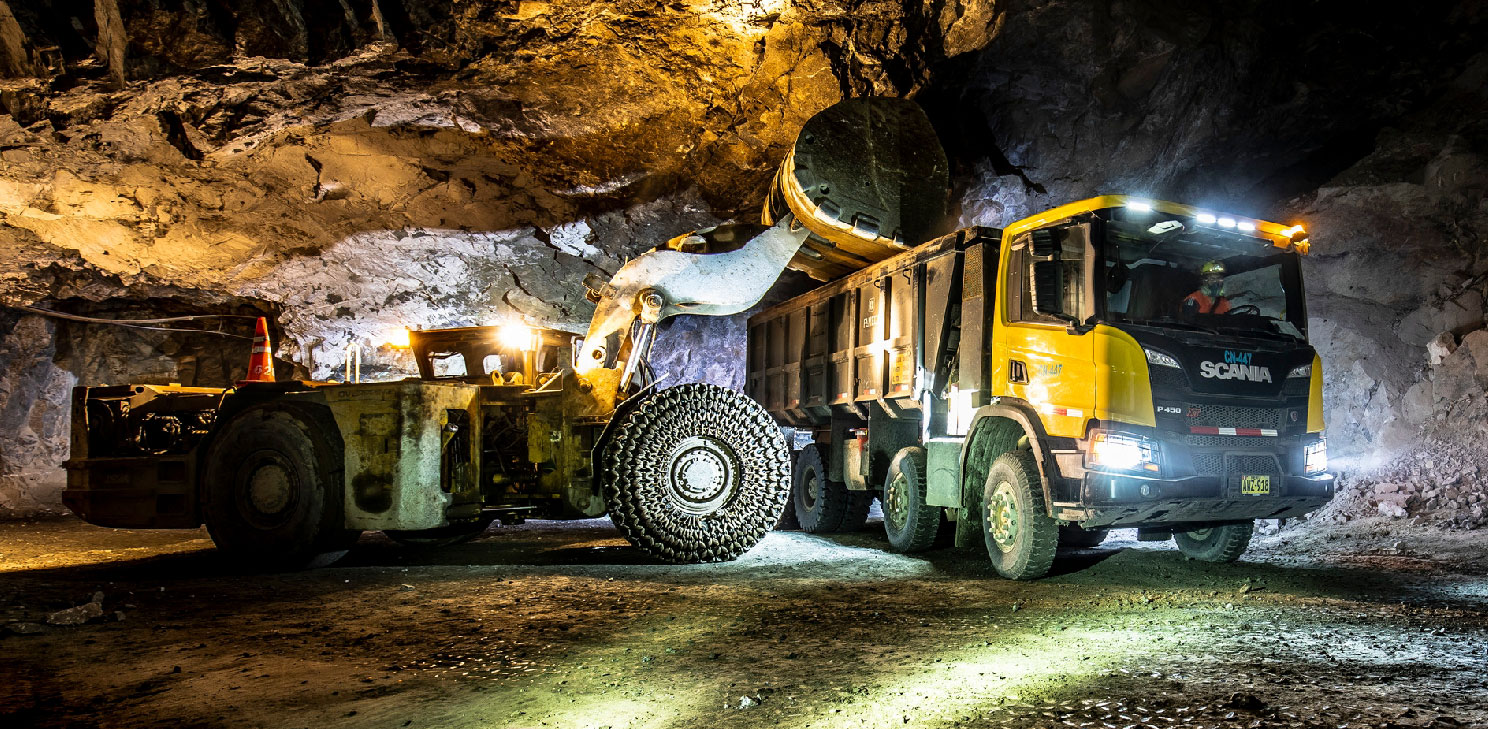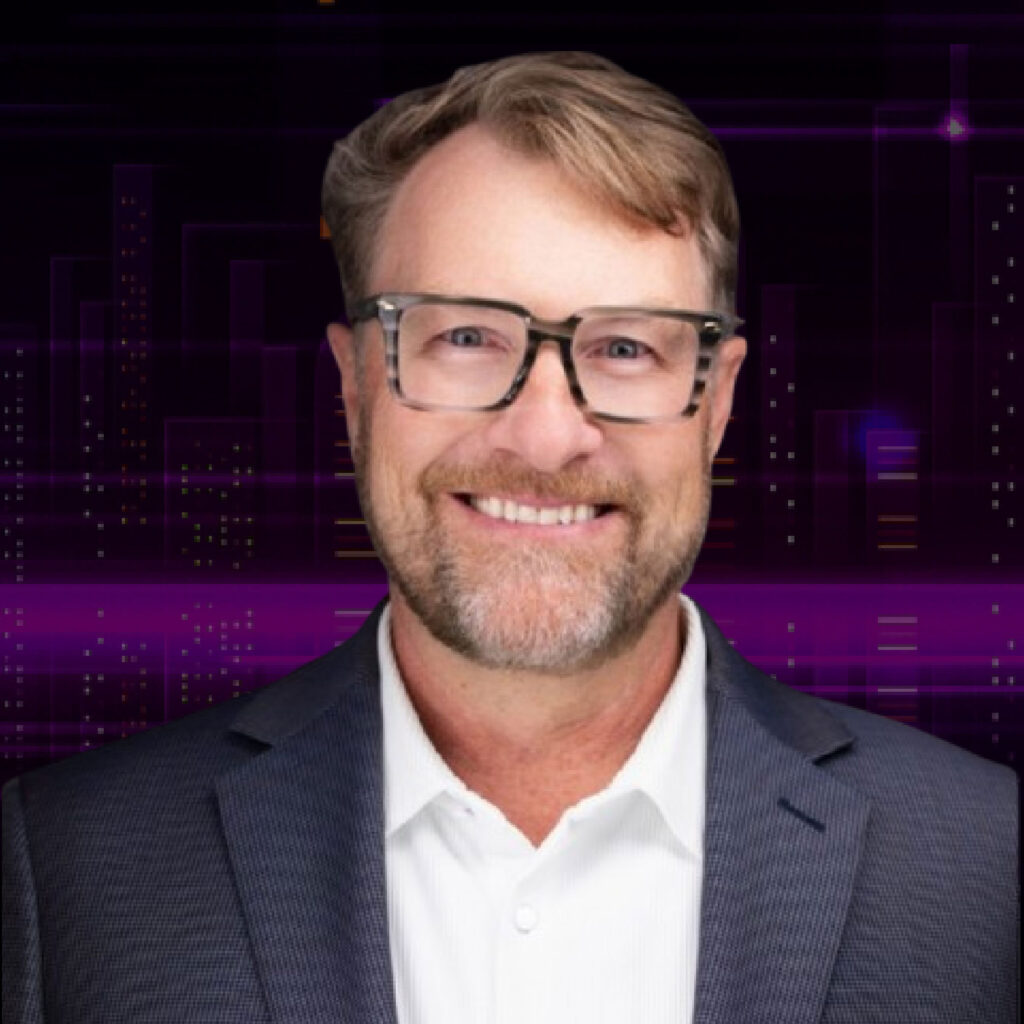Aseptic fill-finish is a critical process in the biopharmaceutical industry, ensuring that sterile products are safely and effectively packaged for distribution. The guidelines established in Annex 1 of the EU GMP (Good Manufacturing Practice) regulations provide comprehensive recommendations to enhance the quality and safety of sterile manufacturing processes. Adhering to these best practices is essential for minimizing contamination risks and ensuring the integrity of the final product.
One of the key principles of aseptic fill-finish is maintaining a controlled environment. This involves not only strict air quality standards but also carefully managing the facility layout to minimize the risk of cross-contamination. The design of cleanrooms should incorporate unidirectional airflow and HEPA filtration systems to ensure that particulate and microbial contamination is kept to a minimum. Personnel should be trained to follow strict protocols for gowning and behavior within these controlled environments to reduce the risk of introducing contaminants.
Equipment selection and maintenance are also essential in achieving aseptic fill-finish. All equipment used in the process, from filling machines to sealing devices, should be designed for easy cleaning and sterilization. Regular maintenance schedules must be established to ensure that all machinery functions correctly and that any potential sources of contamination are promptly addressed. Furthermore, using single-use components where appropriate can significantly reduce the risk of cross-contamination.
Validation of the aseptic process is essential, this involves rigorous testing to ensure that every aspect of the filling process meets predetermined standards for sterility and product integrity. Process validation should include a combination of simulation studies and microbiological testing to confirm that the system consistently produces sterile products under varying conditions. Documentation of these validation efforts is vital for regulatory compliance and to establish a robust quality assurance framework.
Additionally, the importance of monitoring environmental conditions during the fill-finish process cannot be overstated. Continuous monitoring systems should be in place to track parameters such as temperature, humidity, and particulate counts. This real-time data enables quick responses to any deviations from established norms, thereby protecting the sterility of the product.
Innerspace, Bronze Sponsor of our upcoming event the 3rd Aseptic BioPharma Processing Summit, provides a standardized, scalable and globally deployable solution for the training and assessment of cleanroom personnel. Trained operators are essential for maintaining aseptic conditions for sterile drug manufacturing and Innerspace deliver impactful and scalable Virtual Reality Simulators that improve the work performance of cleanroom personnel in pharmaceutical companies worldwide. They can help reduce contamination risk caused by human operators during aseptic processing and ensure a sterile end product. Their Innerspace Simulator provides a standardised, scalable and globally deployable solution for the training and assessment of cleanroom personnel.
To join Innerspace and many other solution providers, esteemed speakers from across the industry and network with peers, attend the Innovatrix ‘3rd Aseptic BioPharma Processing Summit’ next week in Vienna, Austria, on October 29–30, 2024.
For more information, visit our website or email us at info@innovatrix.eu for the event agenda.













